Jim Ager Memorial Golf Course is a municipal par-3 golf course in Lincoln, NE. This nine-hole facility was created in the mid-1960’s, and it has served as the gateway to golf for many of Lincoln’s golfers. Their mission is to provide a stress free golf experience no matter what the skill level. They also strive to keep golf accessible with greens fees around $10, and the summer Junior Golf Membership is only $160.
Reducing maintenance budgets reduced putting green quality and the number of rounds
There is usually a trade-off between being highly accessible/affordable and profitable. Over the decades, the maintenance budget was slowly reduced to align golf revenue with expenses. Sound agronomic practices such as routine sand topdressing and cultivation of the putting greens were reduced and then eliminated. This reduced putting green quality and created the domino effect of fewer rounds and declining revenue. At the end of 2014, it was clear that a change in strategy was needed as golf rounds were stagnant at 12,000 and the course was losing money. Many of the greens had large areas of missing turf with high amounts of moss, algae, and annual bio-types of Poa annua. The years of thatch accumulation elevated the turf crowns into the ever-changing Nebraska environment and created intense soil hydrophobicity. Diseases such as Pythium root rot and Anthracnose further exacerbated the stress. This led to widespread turfgrass loss.
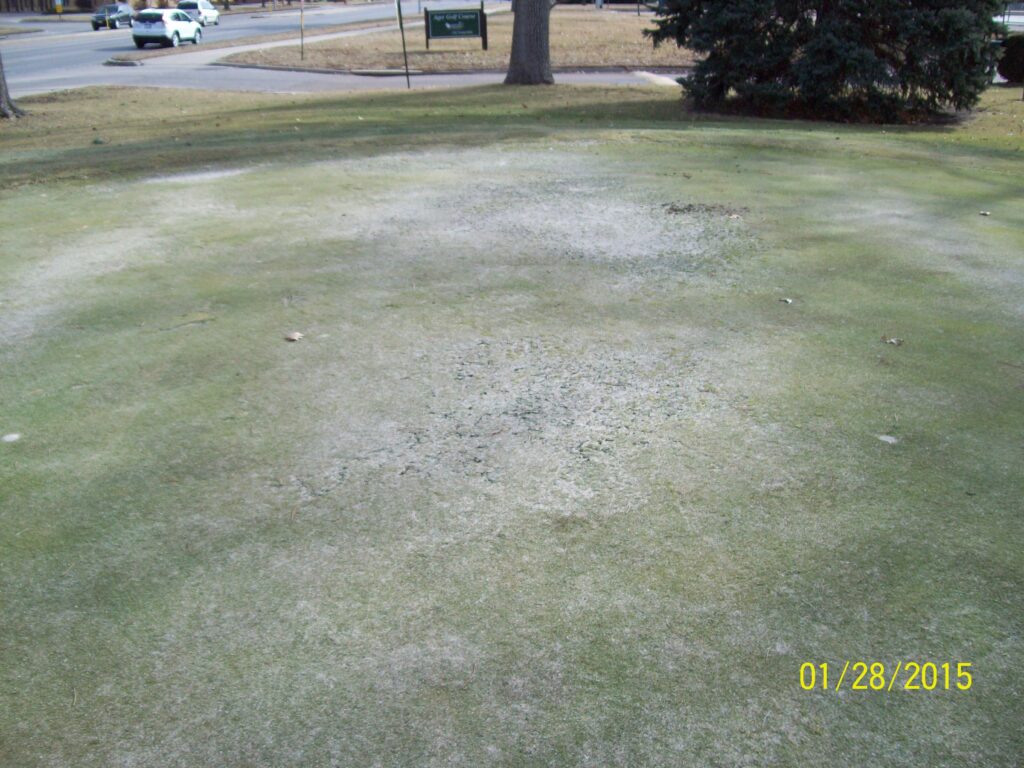
The Golf Course Maintenance Leadership at Lincoln Parks and Rec had a hard decision to make. They needed to completely rebuild the greens at a significant cost or try to improve the greens with intense cultivation. Ultimately, parks leadership decided to try to improve the old Penncross greens with intense cultivation.
The five year road to recovery
To start, the greens were aggressively hollow-tine core aerated several times each year from 2015 through 2017. This removed much of the organic matter layer that plagued the Ager greens with LDS, disease, and poor infiltration. The frequent sand topdressing also created a firmer surface, filled ball marks, and provided true ball roll across the green. In 2018, undergraduate students from the University of Nebraska-Lincoln Turf and Landscape Management Program started to maintain the golf course. They continued the cultivation efforts, simplified the fertility program – urea nitrogen and iron sulfate only when needed, introduced occasional rolling, and made well-timed fungicide applications for persistent diseases like Pythium root rot.
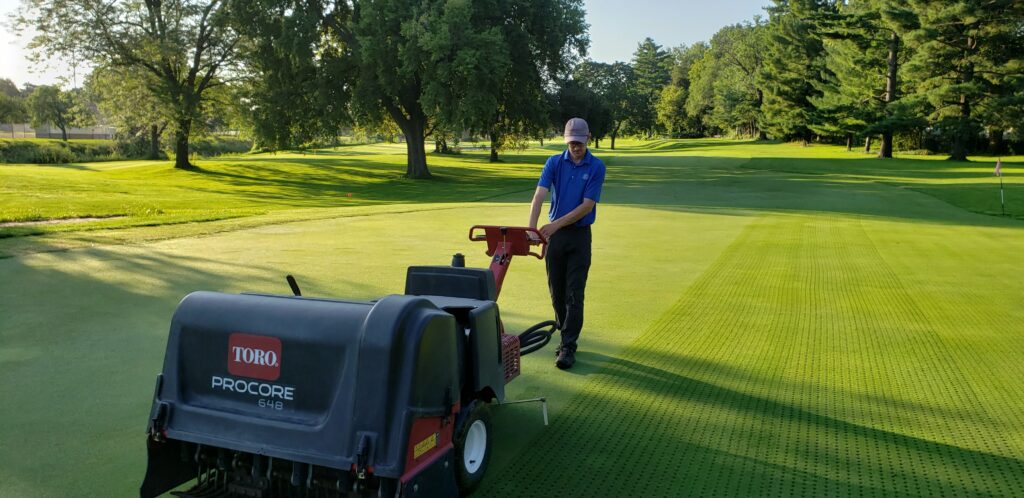
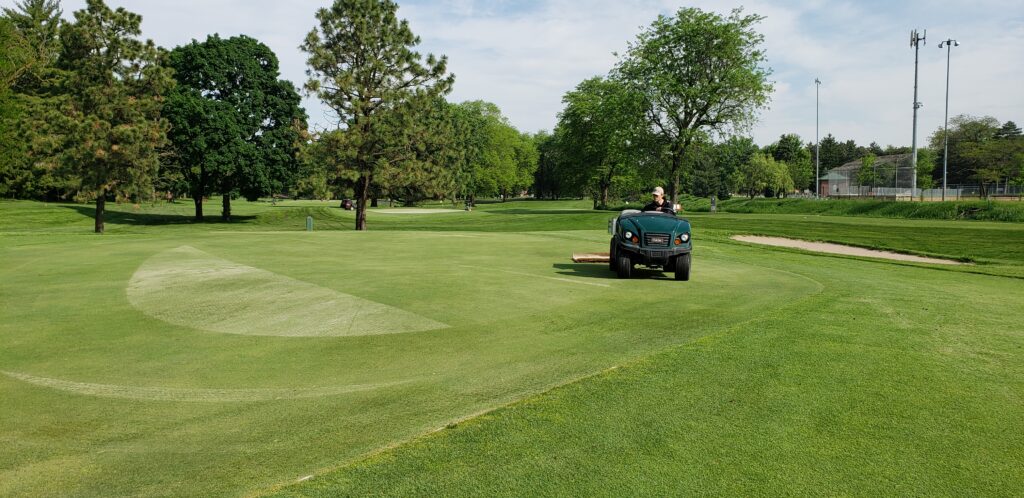
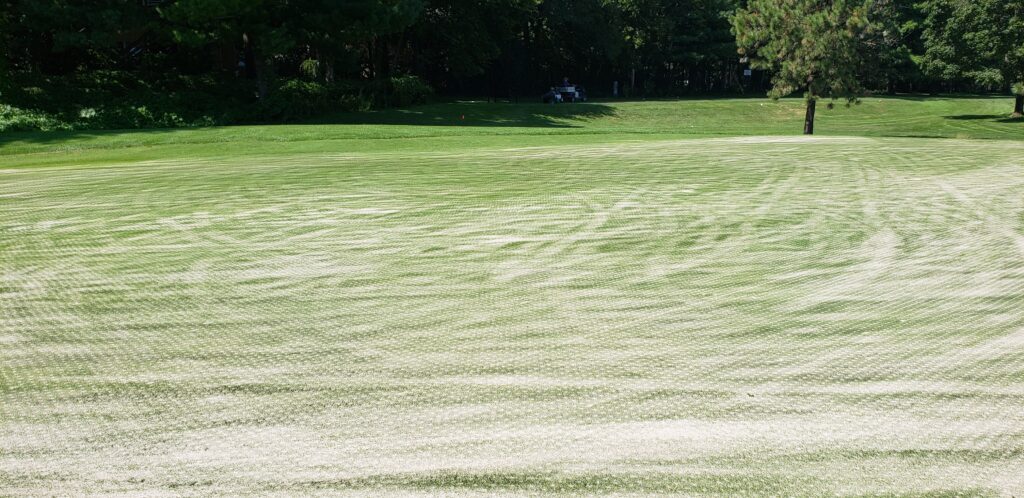
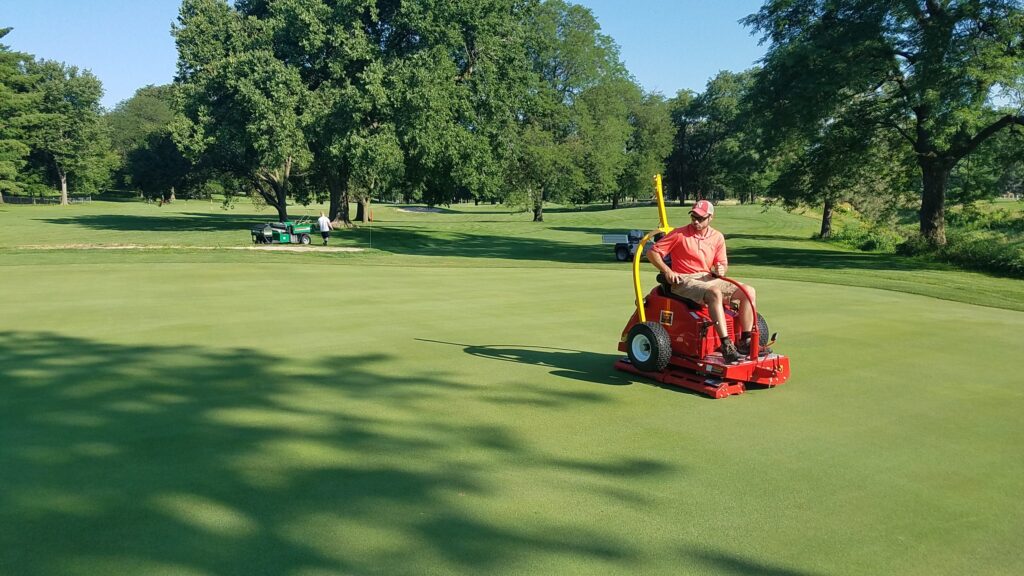
As the surfaces improved, there have been some changes to the management program. First, the students transitioned from hollow-tine aeration to monthly needle tine aeration. Aggressive sand topdressing over the years had buried the lingering thatch layer below the depth of the hollow-tines. This eliminated the need for this aggressive semi-annual practice. It also minimized the risk of bringing Poa annua seed to the surface. They also switched to a finer topdressing sand and significantly reduced the mowing height on the Penncross greens to less than 0.100″. Finally the students have been using the PGR GDD tracker in GreenKeeper App to make well-timed PGR applications.
A resounding success in turf performance and profitability
The transformation has been quite astounding. The putting greens putt very true, are very firm and fast, and have great stand density. Additionally, weed pests like Poa annua and crabgrass have become less of a challenge. Although management expenses are up slightly – mainly from sand – the increased revenue has been staggering. Jim Ager GC was receiving approximately 12,000 rounds annually from 2010 to 2015. After the changes were implemented, the number of rounds consistently increased. There were roughly 16,000 rounds played in 2018, over 18,000 in 2019 and 22,600 in 2020. In addition to the increase in rounds, the course has been able to host dozens of camps which generate tens of thousands of dollars in added revenue while growing the number of golfers. The course is once again profitable.
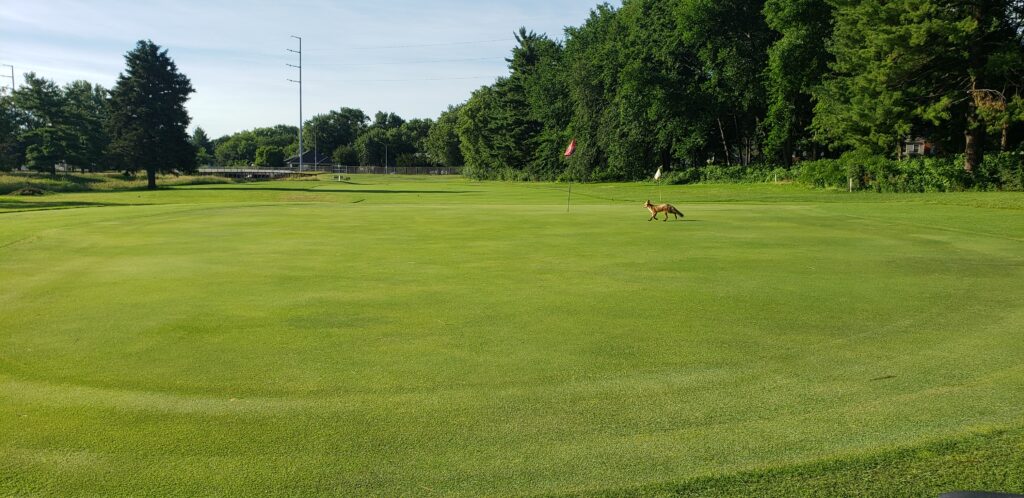
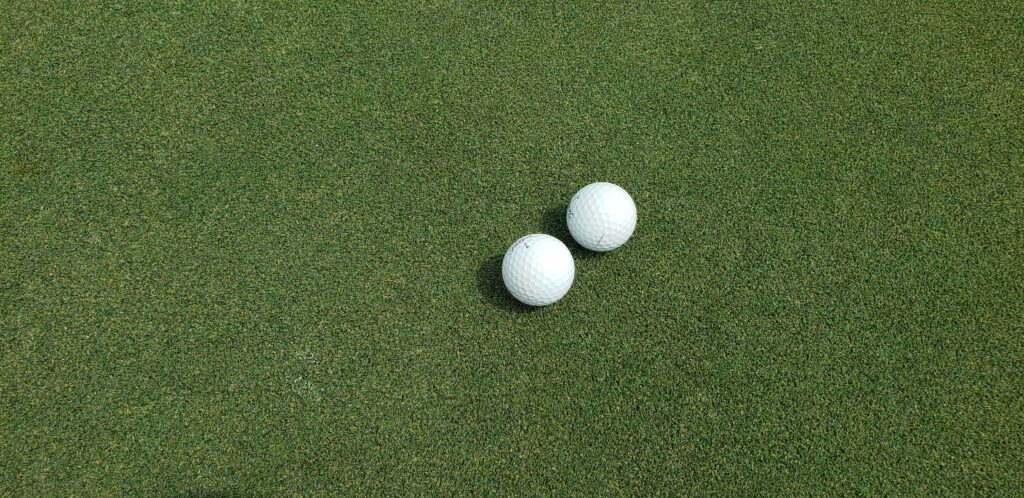
Witnessing this transformation has left us with a few conclusions:
- Limiting or eliminating basic cultivation might help the bottom line or minimize maintenance complaints in the short-term, but it can create serious negative, long-term consequences.
- While cultivation can be disruptive – and it is not fun to hear complaints from golfers on those days – they are essential to provide championship conditioning. They also maximize plant health and vitality.
- Basic management practices and simple products such as urea fertilizer can provide championship conditioning with minimal expense. A “truck and a pup” of sand in Lincoln, NE costs $900 and a bag of spray-grade urea is less than $25. Money saved on fertilizer can help offset the costs of essential fungicides for control of serious pests like Pythium root rot.
- Programmatic use of PGRs can dramatically increase the quality and density of the putting surfaces. In 2020, a Frost VRT sprayer was used to keep PGRs off the bentgrass/Poa annua collars. The results were great with zero collar decline despite the frequent cultural practices.
- Switching to needle tine aeration has not been an issue. The students use sand topdressing to manage surface organic matter accumulation, and they use frequent venting to improve infiltration during the summer.
- Clipping volume measurement on the 5th green allowed the student to dial in nitrogen and PGR application rates in 2020. This led to more consistent putting green performance.
Learn more on putting green management with Dr. Nikolai in GreenKeeper University
If you’d like to learn more about ways to improve the performance of your putting greens, be sure to enroll in “The ABC’s of Putting Green Management” by Dr. Thomas A. Nikolai. This three week course is part of GreenKeeper University and will be offered from Monday, November 30th through Friday, December 18th, 2020. Be sure to use GreenKeeper App to access our 600+ proprietary PGR and DMI fungicide GDD models and to track clipping volumes at your facility in 2021.

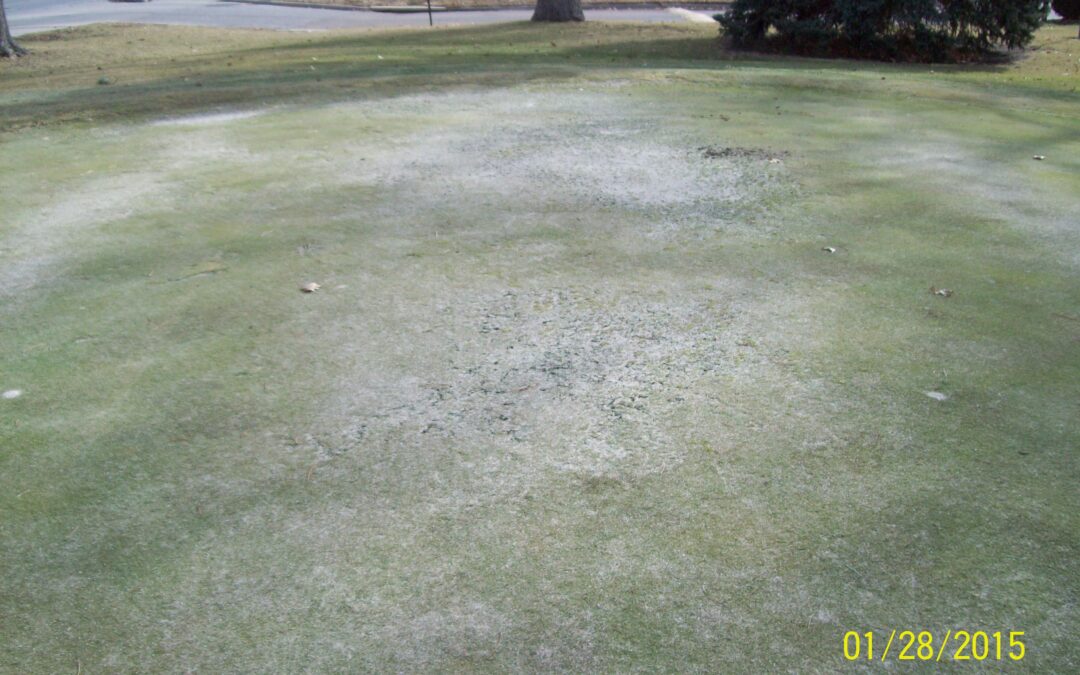
Trackbacks/Pingbacks